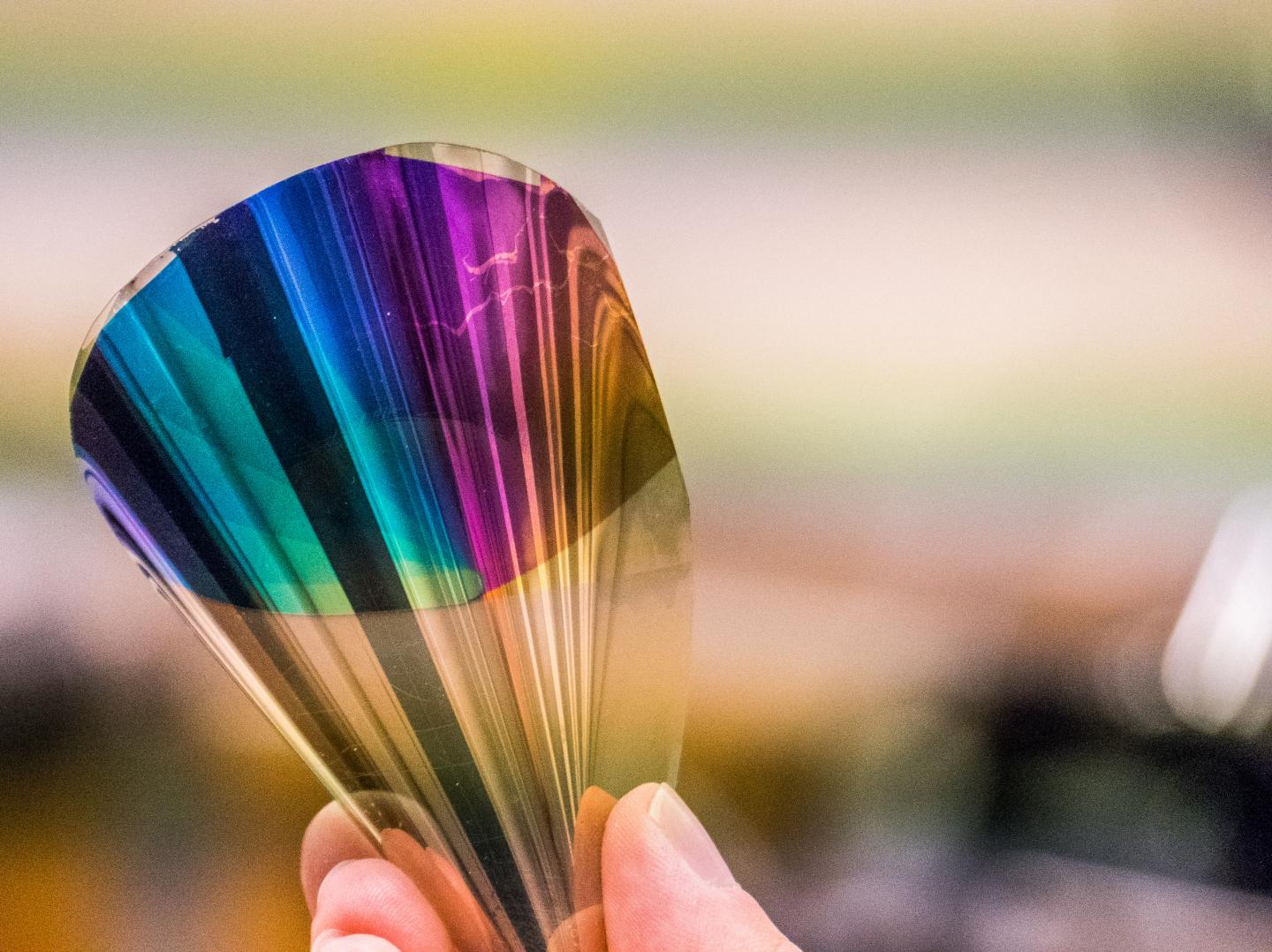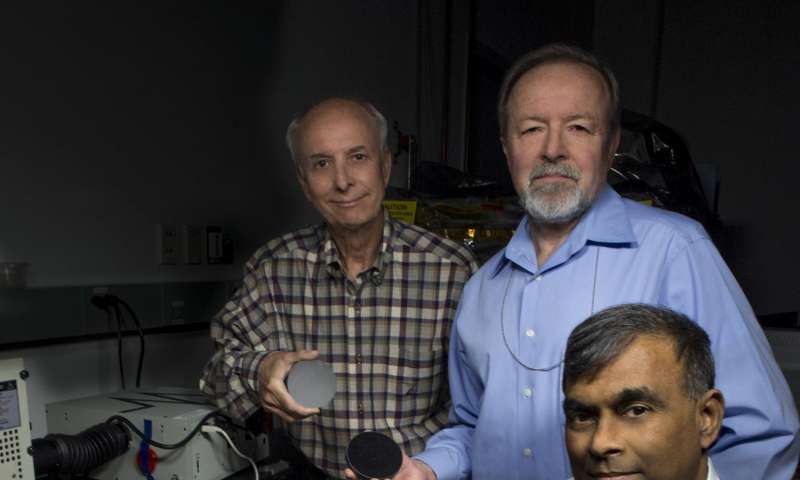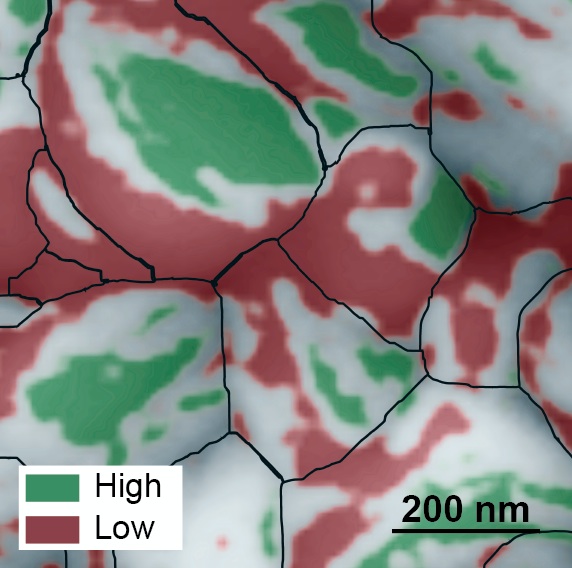Dexter Johnson has written a Jan. 19, 2017 posting on his Nanoclast blog (on the IEEE [Institute of Electrical and Electronics Engineers]) about work which could lead to supplanting silicon-based transistors with carbon nanotube-based transistors in the future (Note: Links have been removed),
The end appears nigh for scaling down silicon-based complimentary metal-oxide semiconductor (CMOS) transistors, with some experts seeing the cutoff date as early as 2020.
While carbon nanotubes (CNTs) have long been among the nanomaterials investigated to serve as replacement for silicon in CMOS field-effect transistors (FETs) in a post-silicon future, they have always been bogged down by some frustrating technical problems. But, with some of the main technical showstoppers having been largely addressed—like sorting between metallic and semiconducting carbon nanotubes—the stage has been set for CNTs to start making their presence felt a bit more urgently in the chip industry.
Peking University scientists in China have now developed carbon nanotube field-effect transistors (CNT FETs) having a critical dimension—the gate length—of just five nanometers that would outperform silicon-based CMOS FETs at the same scale. The researchers claim in the journal Science that this marks the first time that sub-10 nanometer CNT CMOS FETs have been reported.
More importantly than just being the first, the Peking group showed that their CNT-based FETs can operate faster and at a lower supply voltage than their silicon-based counterparts.
A Jan. 20, 2017 article by Bob Yirka for phys.org provides more insight into the work at Peking University,
One of the most promising candidates is carbon nanotubes—due to their unique properties, transistors based on them could be smaller, faster and more efficient. Unfortunately, the difficulty in growing carbon nanotubes and their sometimes persnickety nature means that a way to make them and mass produce them has not been found. In this new effort, the researchers report on a method of creating carbon nanotube transistors that are suitable for testing, but not mass production.
To create the transistors, the researchers took a novel approach—instead of growing carbon nanotubes that had certain desired properties, they grew some and put them randomly on a silicon surface and then added electronics that would work with the properties they had—clearly not a strategy that would work for mass production, but one that allowed for building a carbon nanotube transistor that could be tested to see if it would verify theories about its performance. Realizing there would still be scaling problems using traditional electrodes, the researchers built a new kind by etching very tiny sheets of graphene. The result was a very tiny transistor, the team reports, capable of moving more current than a standard CMOS transistor using just half of the normal amount of voltage. It was also faster due to a much shorter switch delay, courtesy of a gate capacitance of just 70 femtoseconds.
Peking University has published an edited and more comprehensive version of the phys.org article first reported by Lisa Zyga and edited by Arthars,
…
Now in a new paper published in Nano Letters, researchers Tian Pei, et al., at Peking University in Beijing, China, have developed a modular method for constructing complicated integrated circuits (ICs) made from many FETs on individual CNTs. To demonstrate, they constructed an 8-bits BUS system–a circuit that is widely used for transferring data in computers–that contains 46 FETs on six CNTs. This is the most complicated CNT IC fabricated to date, and the fabrication process is expected to lead to even more complex circuits.
SEM image of an eight-transistor (8-T) unit that was fabricated on two CNTs (marked with two white dotted lines). The scale bar is 100 μm. (Copyright: 2014 American Chemical Society)
Ever since the first CNT FET was fabricated in 1998, researchers have been working to improve CNT-based electronics. As the scientists explain in their paper, semiconducting CNTs are promising candidates for replacing silicon wires because they are thinner, which offers better scaling-down potential, and also because they have a higher carrier mobility, resulting in higher operating speeds.
Yet CNT-based electronics still face challenges. One of the most significant challenges is obtaining arrays of semiconducting CNTs while removing the less-suitable metallic CNTs. Although scientists have devised a variety of ways to separate semiconducting and metallic CNTs, these methods almost always result in damaged semiconducting CNTs with degraded performance.
To get around this problem, researchers usually build ICs on single CNTs, which can be individually selected based on their condition. It’s difficult to use more than one CNT because no two are alike: they each have slightly different diameters and properties that affect performance. However, using just one CNT limits the complexity of these devices to simple logic and arithmetical gates.
…
The 8-T unit can be used as the basic building block of a variety of ICs other than BUS systems, making this modular method a universal and efficient way to construct large-scale CNT ICs. Building on their previous research, the scientists hope to explore these possibilities in the future.
“In our earlier work, we showed that a carbon nanotube based field-effect transistor is about five (n-type FET) to ten (p-type FET) times faster than its silicon counterparts, but uses much less energy, about a few percent of that of similar sized silicon transistors,” Peng said.
“In the future, we plan to construct large-scale integrated circuits that outperform silicon-based systems. These circuits are faster, smaller, and consume much less power. They can also work at extremely low temperatures (e.g., in space) and moderately high temperatures (potentially no cooling system required), on flexible and transparent substrates, and potentially be bio-compatible.”
Here’s a link to and a citation for the paper,
Scaling carbon nanotube complementary transistors to 5-nm gate lengths by Chenguang Qiu, Zhiyong Zhang, Mengmeng Xiao, Yingjun Yang, Donglai Zhong, Lian-Mao Peng. Science 20 Jan 2017: Vol. 355, Issue 6322, pp. 271-276 DOI: 10.1126/science.aaj1628
This paper is behind a paywall.


